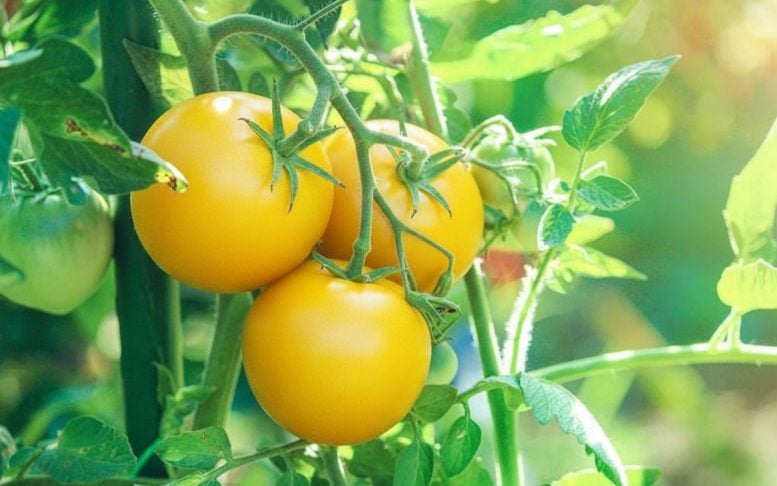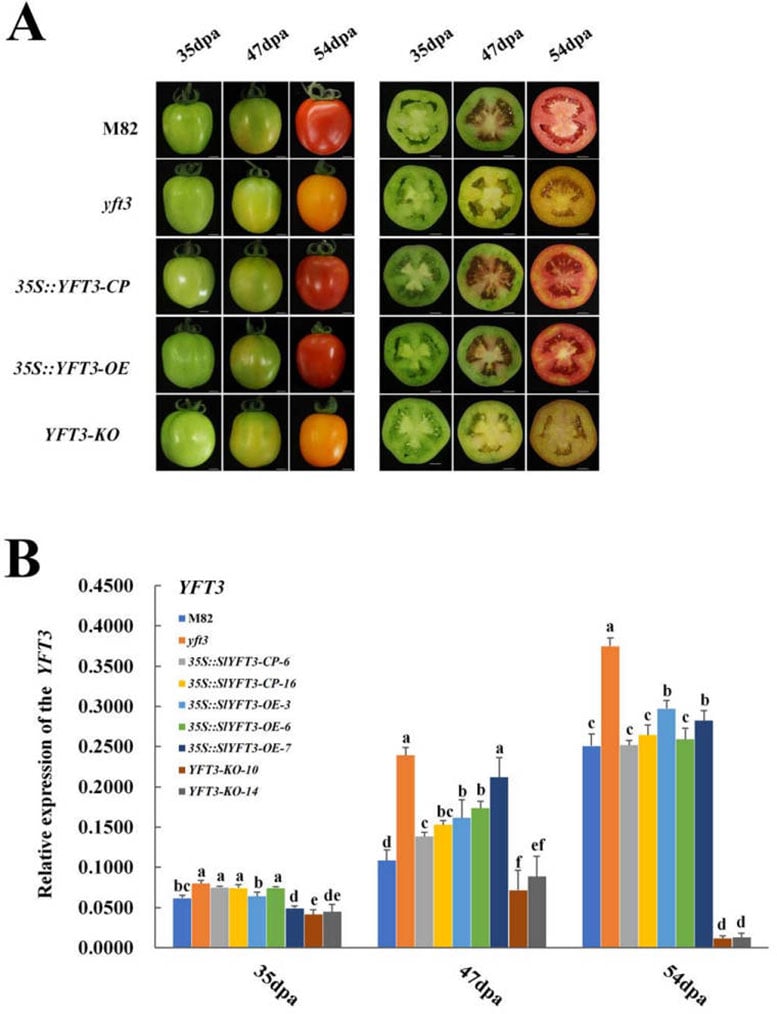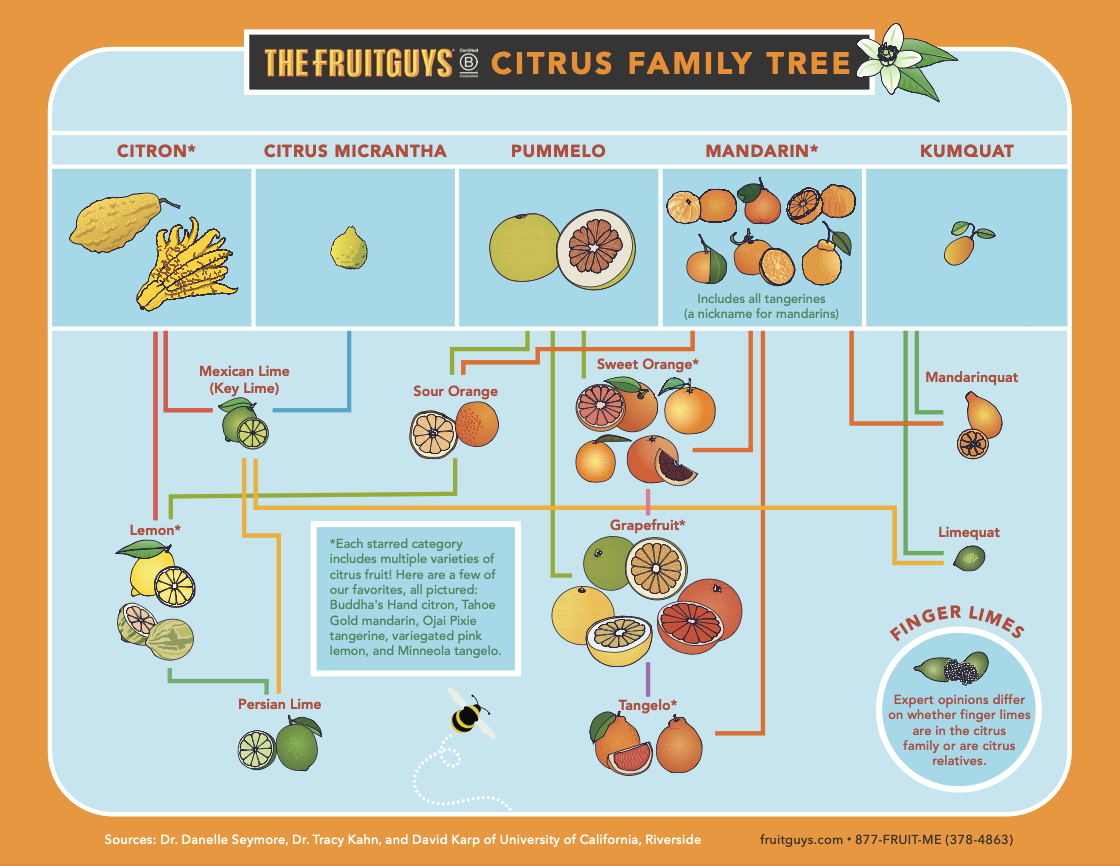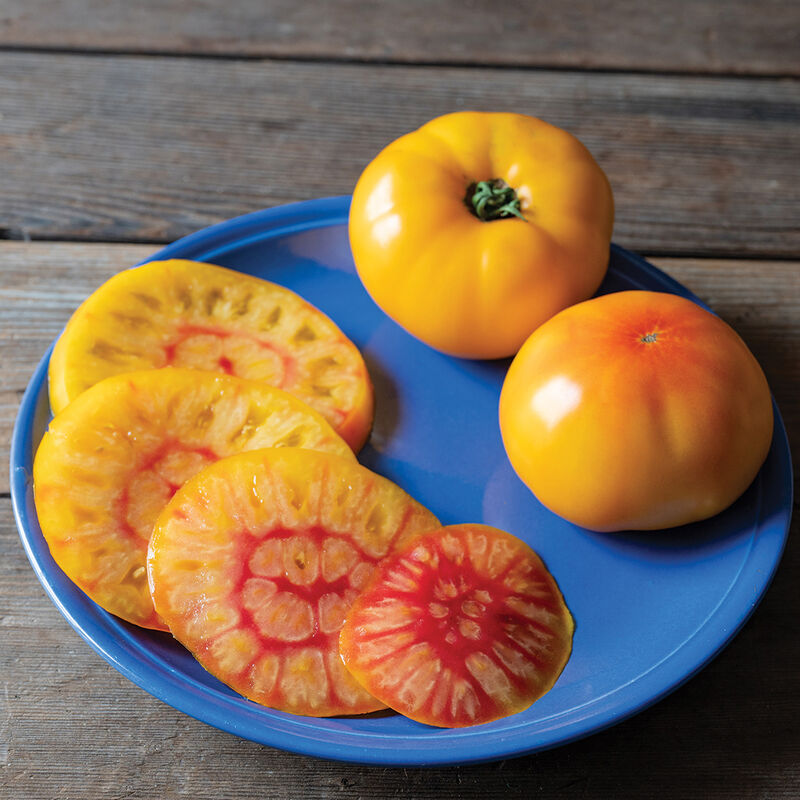
Posted on 10/30/2025 7:45:44 PM PDT by Red Badger

Scientists have pinpointed a single genetic alteration that transforms tomato pigmentation, revealing how a minute molecular shift can ripple through complex metabolic pathways. Credit: Shutterstock
A single mutation in the YFT3 gene turns tomatoes yellow by disrupting a crucial pigment-producing enzyme.
Researchers have discovered that a single genetic change in the YFT3 gene disrupts a vital enzyme involved in producing carotenoids, the pigments responsible for tomato coloration. The gene encodes the isopentenyl diphosphate isomerase enzyme, which maintains the delicate balance between IPP and DMAPP, two essential C5 molecules in isoprenoid synthesis.
When one amino acid (Serine) is replaced by another (Arginine) at position 126, this balance is thrown off, weakening enzyme performance, hindering chromoplast formation, and drastically reducing lycopene, the red pigment that gives tomatoes their color. The findings uncover a key molecular mechanism behind tomato pigmentation and pinpoint Ser126 as a critical site for enzyme function, suggesting new possibilities for enhancing fruit quality through genetic approaches.
The color of a tomato depends heavily on the buildup of carotenoids, natural pigments that support both plant reproduction and human health. These pigments form through the isoprenoid pathway, which relies on the precise conversion between two molecular building blocks, isopentenyl pyrophosphate (IPP) and dimethylallyl pyrophosphate (DMAPP). This conversion is carried out by the enzyme IDI1, ensuring a steady flow of metabolites for pigment production.
When this process is disrupted, it can alter chromoplast development and pigment levels, changing both the fruit’s color and its nutritional value. Although scientists have made great progress in decoding carotenoid biosynthesis, the specific amino acids that govern IDI1’s activity have been difficult to identify, prompting a closer look at how YFT3 contributes to this essential pathway.
Identification of the YFT3 Mutation
A research team from Shanghai Jiao Tong University has identified a single-point mutation in the YFT3 gene responsible for yellow fruit coloration in tomatoes. Their findings, published in the journal Horticulture Research, reveal that the mutation disrupts a critical enzyme in the isoprenoid pathway, impairing carotenoid accumulation. Through map-based cloning, molecular assays, and in vivo functional analyses, the team demonstrated that a Ser126Arg substitution in YFT3 undermines its enzymatic activity, providing new insight into the molecular control of fruit pigmentation.

Functional complementation of YFT3 in tomato. Credit: Horticulture Research
The researchers discovered that the yellow-fruited tomato mutant (yft3) carries a recessive allele of YFT3, encoding a mutated version of SlIDI1, a plastid-localized isomerase responsible for converting IPP to DMAPP. The mutation—an A→C transversion at nucleotide 2117—leads to a Ser126Arg substitution. Despite unchanged protein levels and plastid localization, enzymatic activity was drastically reduced. Functional complementation restored red color, while knockout lines mimicked the yellow phenotype, confirming YFT3’s essential role.
Molecular and Structural Insights
Detailed expression analyses showed upregulation of carotenoid pathway genes (DXS, DXR, HDR, PSY1, CRTISO, CYCB, CYP97A, NCED) in yft3 and CRISPR knockout lines. However, biochemical assays revealed severely reduced lycopene and total carotenoid levels, indicating that the gene upregulation could not compensate for enzymatic deficiency. Molecular docking revealed that the Ser126 mutation alters the active site conformation, impairs Mg²⁺ cofactor binding, and diminishes catalytic efficiency. These findings suggest Ser126 is critical for the correct positioning and function of substrate-enzyme interactions in carotenoid biosynthesis. Moreover, the impaired chromoplast ultrastructure in yft3 and YFT3-KO lines further underscores YFT3‘s role in fruit color development and quality.
“This study elegantly connects a single amino acid change to large-scale phenotypic effects,” said Dr. Lingxia Zhao, senior author of the paper. “By dissecting the enzymatic mechanism of YFT3 and demonstrating its crucial role in balancing IPP and DMAPP in plastids, we’ve uncovered a molecular bottleneck that determines tomato color. The identification of Ser126 as a key catalytic residue opens the door to targeted manipulation of carotenoid content in fruit. It’s a promising target not only for improving aesthetic and nutritional value in tomatoes but also for broader isoprenoid-related crop traits.”
This discovery holds significant potential for agricultural biotechnology and breeding programs. Understanding the role of YFT3 in regulating the isoprenoid pathway offers breeders a precise genetic handle to enhance fruit pigmentation and carotenoid content—key traits for market appeal and nutrition. Beyond tomato, these insights may extend to other carotenoid-rich crops, aiding efforts to fortify foods with pro-vitamin A compounds. Future work could explore gene editing strategies to modulate YFT3 activity or optimize isomerase function in different metabolic contexts. Ultimately, this research lays the groundwork for metabolic engineering approaches that balance yield, visual appeal, and nutritional quality in fruit crops.
Reference:
“Mutation of YFT3, an isomerase in the isoprenoid biosynthetic pathway, impairs its catalytic activity and carotenoid accumulation in tomato fruit”
by Wenzhen Li, Lulu Chen, Weihua Zhao, Yuhang Li, Ying Chen, Tengjian Wen, Zhengjun Liu, Chao Huang, Lida Zhang and Lingxia Zhao, 24 July 2024, Horticulture Research.
DOI: 10.1093/hr/uhae202
This work was supported by the National Natural Science Foundation of China (32072583, 32372694), Shanghai Collaborative Innovation Center of Agri-Seeds Foundation (ZXWH2150201/010), Shanghai and Kunshan Creation Center of Tomato Novel Germplasm Foundation (SJYY2022-T001), and Collection and Conservation of the Characteristic Crop Germplasm Resource in Kunshan City (Kunshan-AGR-001).
Dear FRiends,
We need your continuing support to keep FR funded. Your donations are our sole source of funding. No sugar daddies, no advertisers, no paid memberships, no commercial sales, no gimmicks, no tax subsidies. No spam, no pop-ups, no ad trackers.
If you enjoy using FR and agree it's a worthwhile endeavor, please consider making a contribution today:
Click here: to donate by Credit Card
Or here: to donate by PayPal
Or by mail to: Free Republic, LLC - PO Box 9771 - Fresno, CA 93794
Thank you very much and God bless you,
Jim
I love Yeller ‘maters..............
Gotta get ‘em fresh, though. You don’t wanna mess with an Old Yeller.
My gut tightened when I read the headline because I was expecting ‘climate change.’
Maybe the trend is ending...
Anyway, good science. I dig this stuff.
“Then they can figure out why there are over 800 varieties of lemons.”
Lemons are a hybrid of citrons and sour oranges..........
My father-in-law’s cousin had a lemon tree that had lemons the size of grapefruits!.........
Can they find the gene that makes them taste like cardboard?
Phew! That’s solved finally.
They bred that gene in so they can grow them in hot houses in Vermont.
That is a process problem.
They are picked green and treated with ethylene gas to turn them red.
Therefore they don’t have time to develop their full set of flavonoids.
Homegrown tomatoes are infinitely more tasty than store-bought.
If you can find a farmer’s market near you then you can get real vine-ripened tomatoes...............

I purposely grow yellow tomatoes, A variety named Snow White, as well as Sun Gold, Brandywine Red, Cherokee Purple, Black Krim, Florida Pink, Aunt Ruby’s German Green, and Cajun Orange.
Also grow a plum tomato called Banana Legs, one of the best!
Yellow tomatoes are sweeter than red, with very low acidity. Yellow grape tomatoes are like eating candy. Yum!
Love them when I can get them!................
You might like this one from Johnnies Seeds! An improved Pineapple tomato!

Harvest Moon Organic (F1) Tomato Seed
Firm, consistently sized (7–10 oz.), golden fruits. Fewer defects and oversized fruits than the heirlooms it imitates. Offers a sustained harvest with terrific fruit set all the way up the plant. Beautiful red blush internal color. Compact indeterminate plants with a more balanced habit, well-suited for basket-weave systems. Bred by Emily Rose Haga at Johnny's in collaboration with NCSU. Indeterminate. USDA Certified Organic.
Especially the cherry ones!
Another useless study probably funded by USAID.
I guess now they’ll be able to change the skin colors of humans on demand.
So whats going to be the most popular skin color?
Green with tasteful blue swirls.

Yellow Tomato Bisque
8 lge ripe yellow tomatoes 1 tbl ol/oil 1 med red onion, chp
2 -3 c chix broth 1 tsp sugar 1 c h/cream ks/p 1⁄4 c chp fresh mint or basil
Grill til skins crack, tomatoes soften, 10 min. OR bake 450* F 12 min on lightly oiled sheetpan. Cool to handle, core, coarse-chop. While cooling, heat ol/oil in soup pot on med-high. Add onion; cook/stir soft, about 7 min. Stir in chp tomatoes, broth, sugar. Increase heat, btb, simmer on med; reduce by one quarter 20 min. Cool 10 min.
Blender-puree bisque. Might need straining. Off heat, stir in h/cream. Taste/season.
Serve in bowls garnished w/ chp mint or basil, w/ crusty buttered French bread.
Disclaimer: Opinions posted on Free Republic are those of the individual posters and do not necessarily represent the opinion of Free Republic or its management. All materials posted herein are protected by copyright law and the exemption for fair use of copyrighted works.